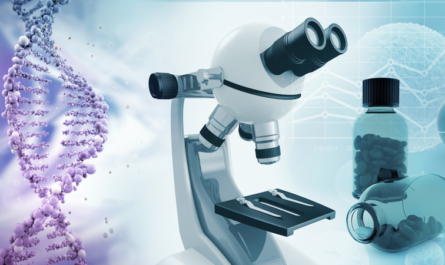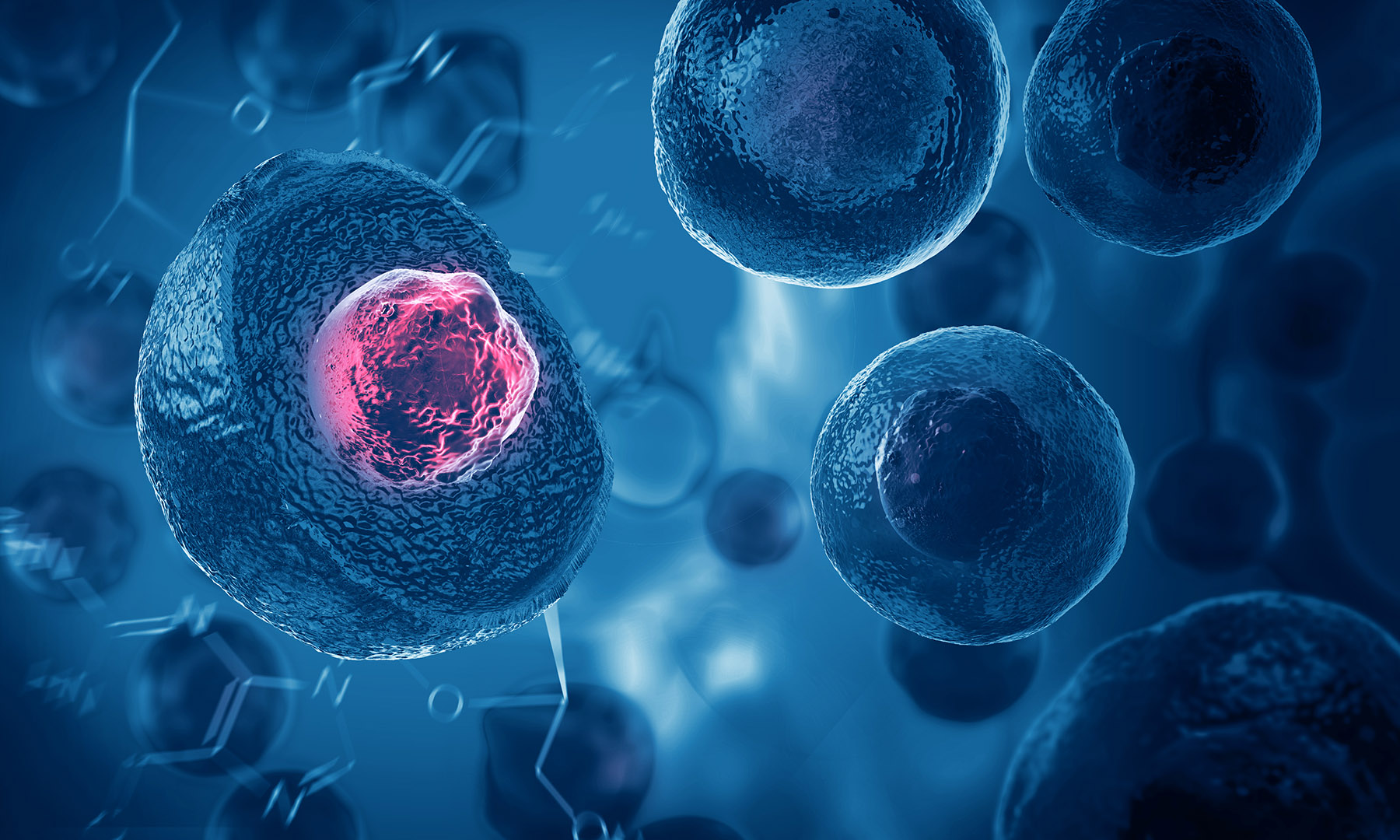
What are Defibrillators?
A defibrillator is a life-saving medical device that gives a high-energy electric shock to the heart of someone who is in cardiac arrest. Defibrillation is a treatment for life threatening cardiac arrhythmias, specifically ventricular fibrillation and pulseless ventricular tachycardia. Defibrillators are used to treat sudden cardiac arrest (SCA) brought on by these two types of abnormal heart rhythms.
In the case of ventricular fibrillation, the heart’s muscle contracts chaotically with no effective pumping, and in the case of ventricular tachycardia, the heart contracts too fast to effectively pump blood to the body. The high-energy shock attempts to stop the fibrillation or fast rhythm and allow a normal heart rhythm to resume.
Types of Defibrillators
There are different types of defibrillators used for cardiac emergencies:
External Defibrillators:
– Automated External Defibrillators (AEDs): AEDs are lightweight, portable defibrillation devices that can be used by laypersons as they have simplified interfaces and step-by-step instructions. They can be found in public places like airports, shopping malls and workplaces.
– Manual Defibrillators: These require constant monitoring by trained medical professionals to analyze heart rhythms and administer shocks accordingly using adhesive electrode pads placed on the chest. They are commonly used in emergency medical vehicles and hospital settings.
Implantable Cardioverter Defibrillators (ICDs): ICDs are battery-operated, pacemaker-like devices implanted in patients at high risk for sudden cardiac arrest. They continuously monitor the patient’s heart rhythm and can deliver high energy shocks to normalize abnormal rhythms if needed.
How do Defibrillators Work?
Defibrillators work by delivering an electric shock to the heart muscle synchronously during a shockable rhythm. The shock depolarizes a critical mass of the heart muscle cells to terminate a rhythm and provide a chance for normal sinus rhythm to resume.
– Automated defibrillators utilize touchscreen technology and easy-to-follow voice commands to guide the user through the process. Sensors analyze the heart rhythm and determine if a shock is needed. If indicated, it will automatically charge and instruct the user to press a button to deliver the shock through adhesive pads or paddles placed on the chest.
– Manual defibrillators require trained personnel to interpret heart rhythms on a monitor, charge the device to the appropriate energy level and manually press a button or switch to deliver the shock. Devices have adjustable energy levels depending on the patient’s condition and size.
– Implanted defibrillators continuously scan the patient’s rhythm 24/7 using sensing electrodes placed in their heart. If a shockable rhythm is detected, the device automatically charges and delivers shocks internally to restore normal rhythm.
Lifesaving Capabilities
Defibrillation has become a core component of emergency response strategies due to its success in saving lives from sudden cardiac arrest. Some key facts about their lifesaving capabilities:
– Each minute that passes without defibrillation reduces the chance of survival from SCA by 10%. Early defibrillation within the first 3-5 minutes can dramatically improve survival from sudden cardiac arrest which claims over 350,000 lives annually in the U.S. alone.
– Public access defibrillation programs that strategically place AEDs and train lay rescuers have been shown to improve survival rates from SCA in casinos, airports and other public locations by over 70% compared to waiting for emergency medical responders.
– Patients who receive bystander CPR plus shock from an AED within 3-5 minutes of collapse can have survival rates as high as 49-75%. The combination of early CPR and early defibrillation is key to boosting chances of survival.
– Implantable defibrillators have become an important therapy for patients at high risk of SCA due to prior heart attacks, genetic conditions or other risk factors. Studies show ICDs reduce the risk of sudden cardiac death by up to 31-67% in these patients.
Advancing Defibrillator Technologies
Defibrillator technology continues to evolve towards improving survival rates further:
– Newer AED models provide more guidance to untrained bystanders and feature technological upgrades like automatic rhythm detection and voice/picture prompts. Some can even be used on children.
– Smartphone-compatible AEDs allow real-time transmission of cardiac arrest data to dispatch centers for faster emergency response times. Some integrate with external defibrillator pads as well.
– Subcutaneous ICDs are completely internal defibrillators without any leads placed inside the heart. This reduces complications compared to traditional transvenous ICD systems.
– Biopotential signal analysis allows ICDs to distinguish between shockable and non-shockable rhythms better to avoid unnecessary shocks. Dual-zone detection senses rhythms in two separate heart regions to prevent inappropriate therapy.
– Remote monitoring capabilities in ICDs enable specialists to review device diagnostics and intervene early in case of issues without requiring frequent office visits. Some can even be programmed remotely.
As defibrillator technologies continue reaching more people through public access programs and advances in wearable/internal devices, they promise to raise survival rates immensely for those suffering sudden cardiac arrests worldwide in the years to come. Widespread training in CPR and use of AEDs can help further realize their lifesaving potential.
*Note:
1. Source: Coherent Market Insights, Public sources, Desk research
2. We have leveraged AI tools to mine information and compile it


